v18n6 From the Editors
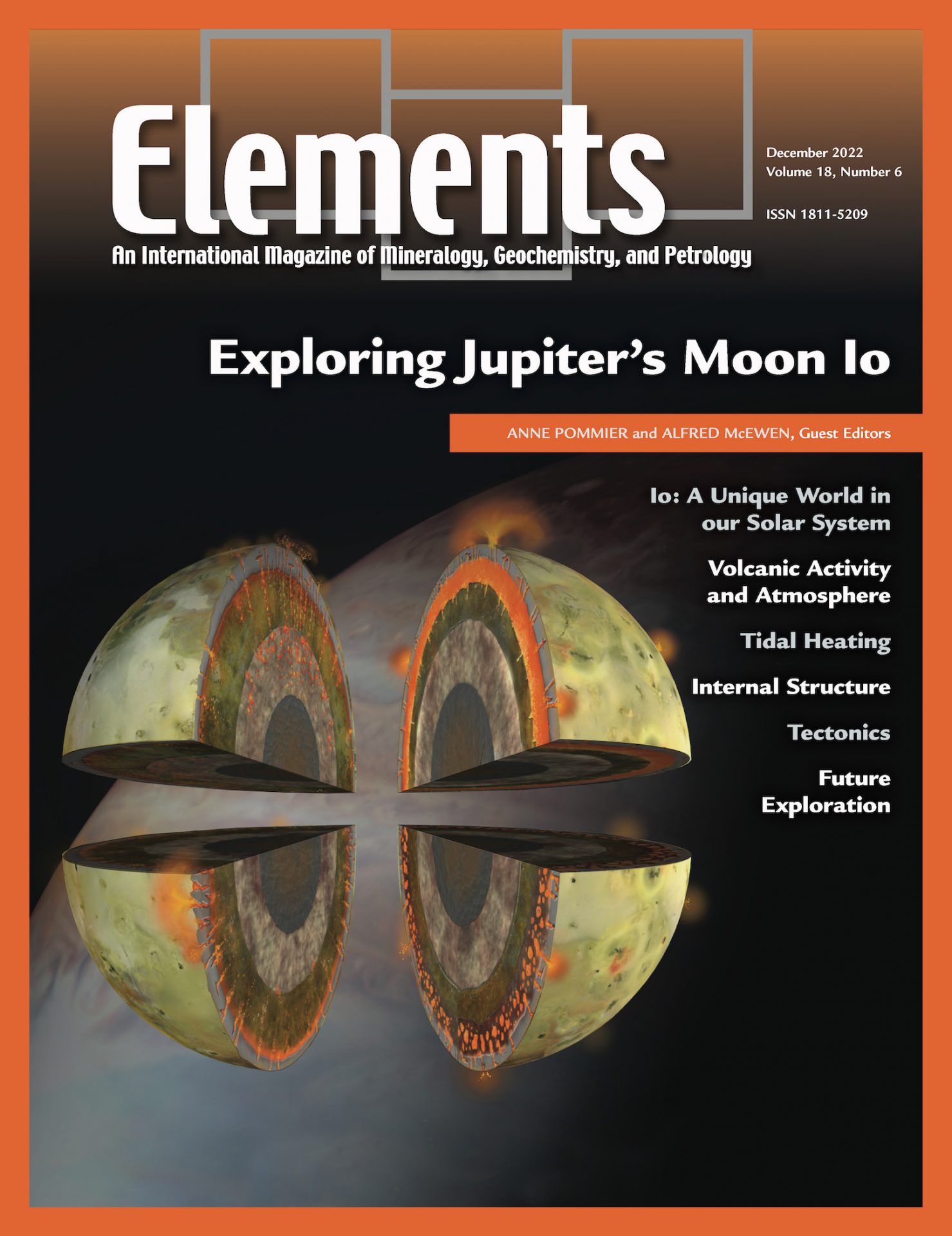
v18n5 From the Editors
By Richard Harrison, Becky Lange, Janne Blichert-Toft, Martha Evonuk, and Esther Posner | October, 2022
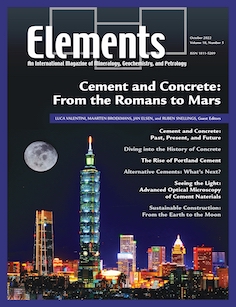
v18n4 From the Editors
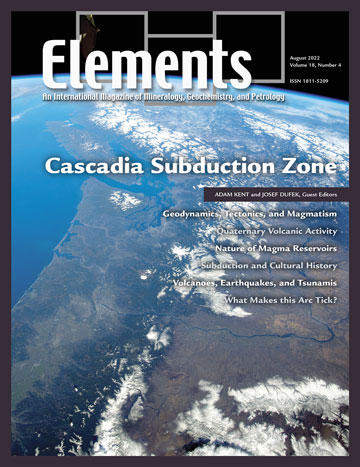
v18n3 From the Editors
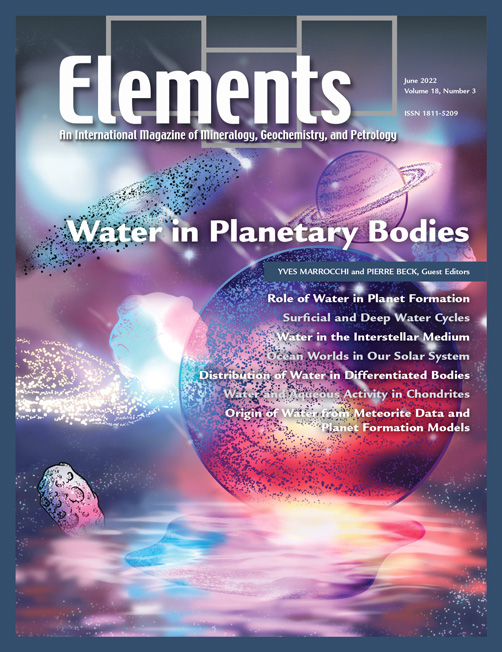
v18n2 From the Editors
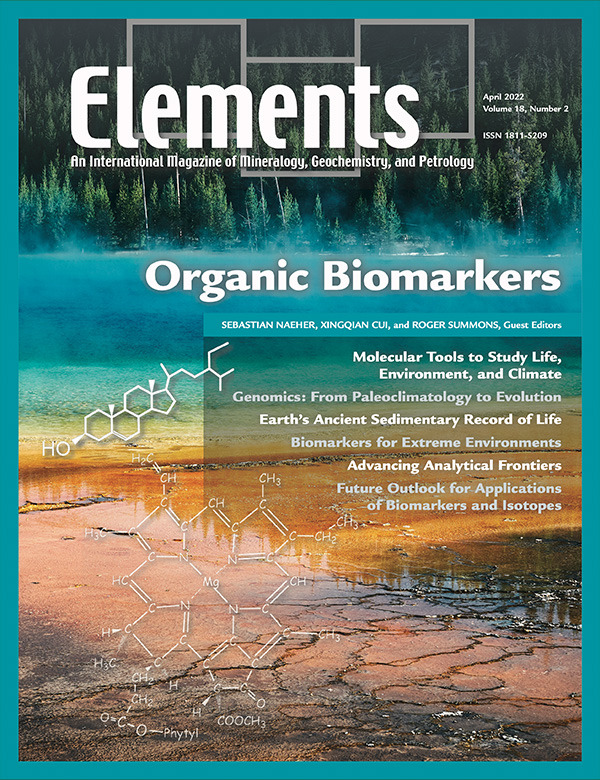
v18n1 From the Editors
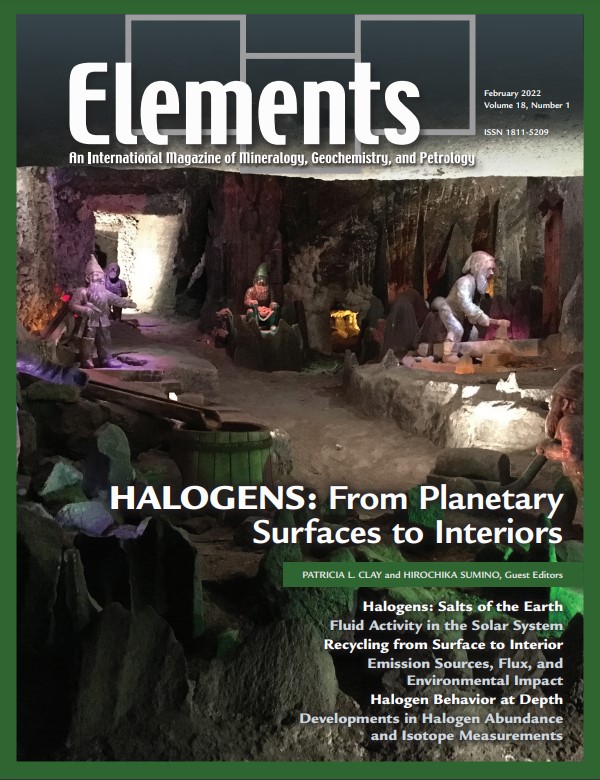
In this issue, we follow the halogen group elements (fluorine, chlorine, bromine, and iodine) from the Earth’s interior to surface—and even beyond! In a similar vein to two previous Elements issues that also explored groups of elements united by common properties (Rare Earth Elements; October 2012 and Platinum Group Elements; August 2008), this issue similarly showcases the wide diversity of research that is encompassed by halogen mineralogy and geochemistry. Over the last several decades, the halogens have increasingly come into the spotlight, possibly due to improving methods for measuring ultra-low abundance bromine and iodine in geologic materials, as well as isotopes of chlorine and bromine. The result of this increased enthusiasm for halogens is deftly covered over six articles by this issue’s authors—from halogens in Earth and planetary systems to experimental petrology and analytical developments, there truly is something for everyone.

